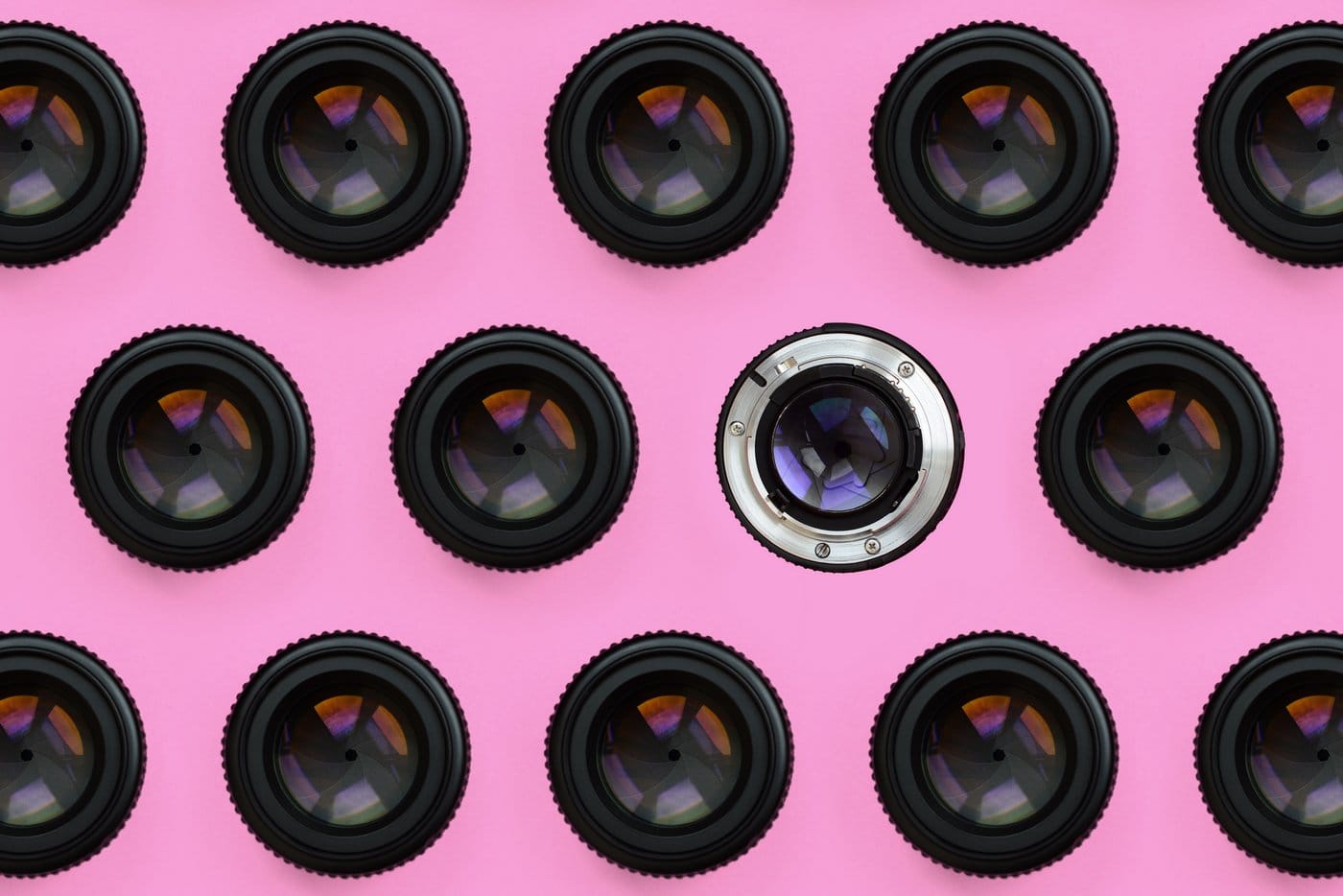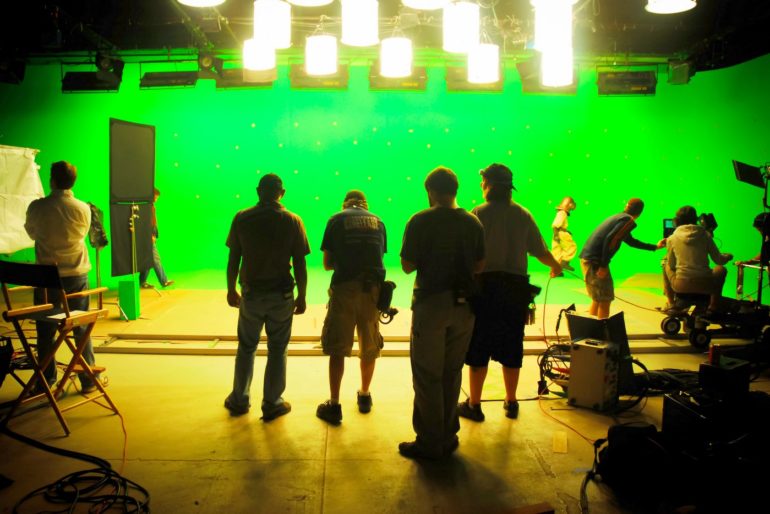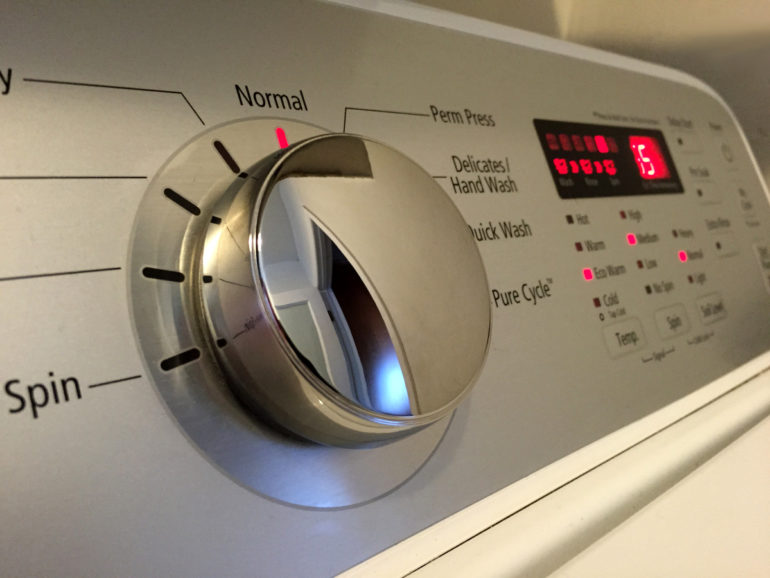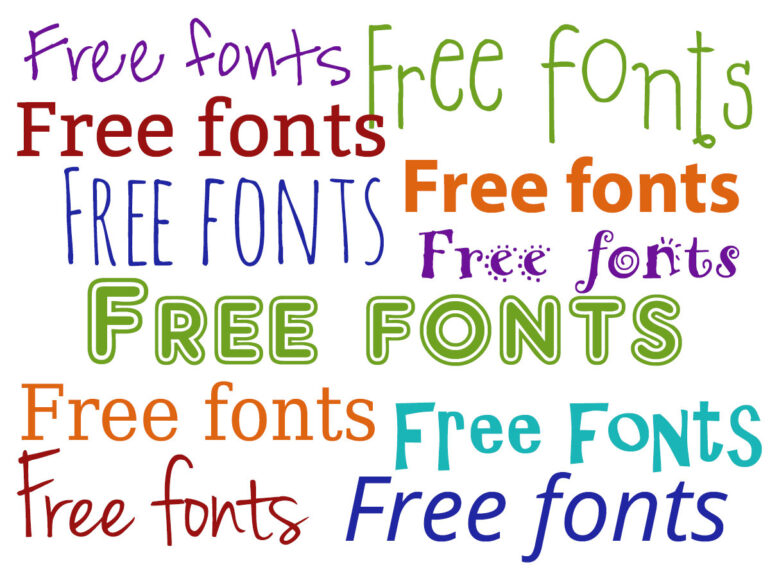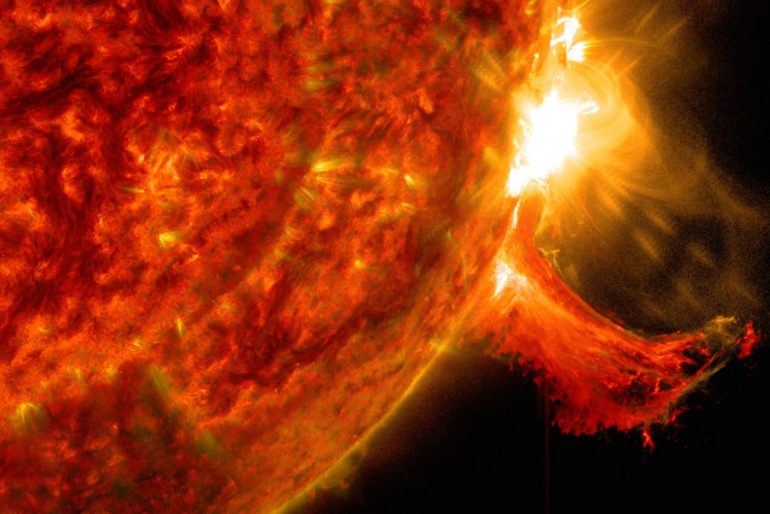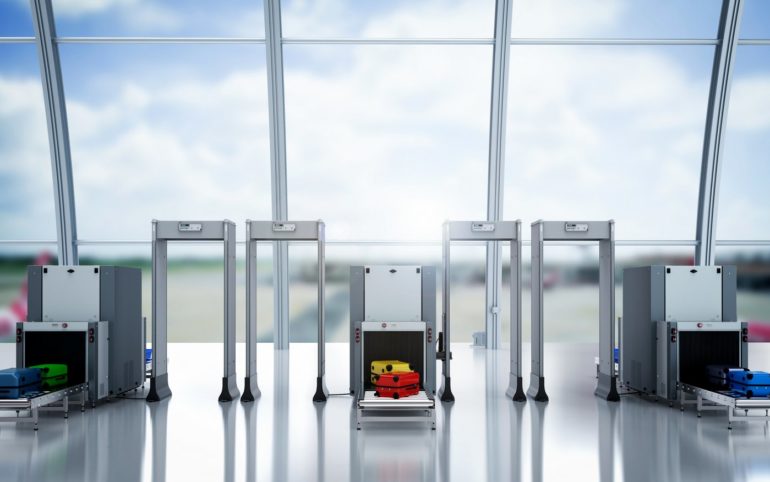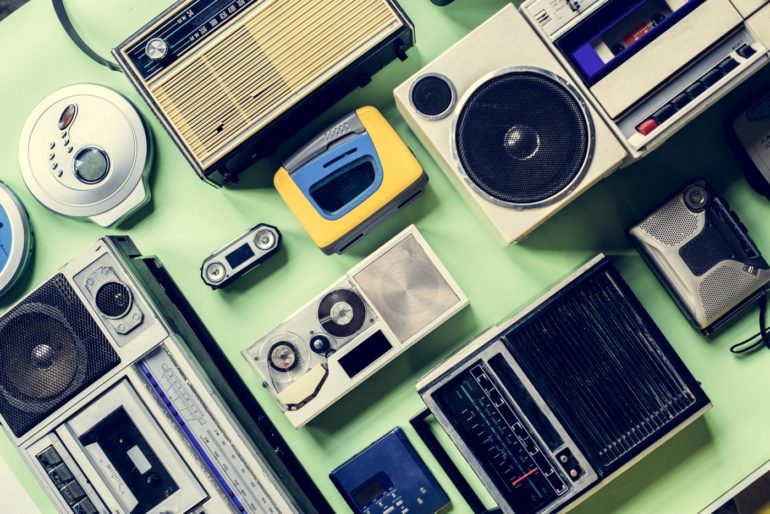On a camera’s manual settings, what are f-stops?
If you just got a new DSLR camera, you may be unclear on what all these settings are for — in particular, the dial for f-stops. What are f-stops?
The F stops here
The world of photography is filled with numbers. ISO, shutter speed, focal lengths, resolution, guide numbers — and, of course, f-stops.
When I decided to go to school for photography, I decided to stop taking math classes, since I was going to get an art degree. Thankfully, I had already made it to calculus by then, because photography is almost as much science as it is art — at least if you want to get the most out of it.
One of the most misunderstood — or at least one of the more confusing numbers in photography are f-stops, also known as f-numbers, or aperture. Let’s take a further look at this camera control that seems so daunting to the novice photographer.
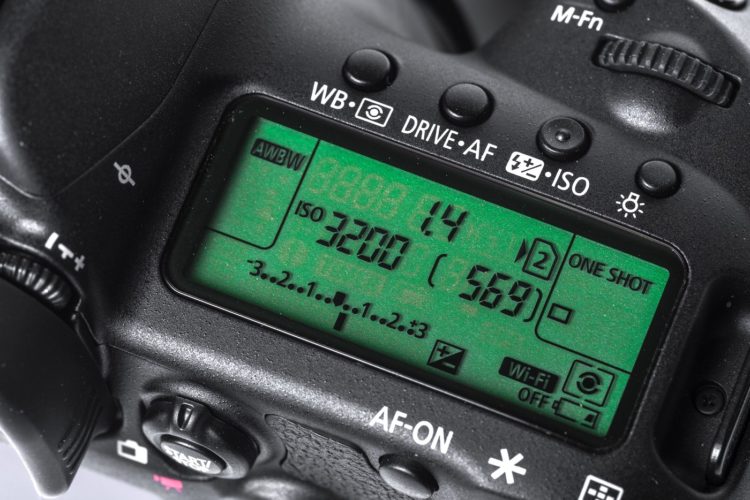
Aperture science
The f-stop is defined as the measurement of the ratio between the focal length and the diameter of the entrance pupil, where light enters the camera lens. (The F stands for focal.)
I’m sorry, I’ll wait a minute while your head stops spinning and you choke that one down.
There are plenty of sites out there that go on and on about the mathematics of the f-stop and detailed explanations of where the numbers come from and all that hocus pocus that was crammed into my brain in a windowless room of a large brick building all those years ago.
This will not be one of those sites. Let’s keep this simple and accessible.
Let there be light
A photograph is simply capturing light reflecting off of objects.
On that note, the f-stop (or aperture) is the number representing the size of the opening in the lens — thus controlling, in part, how much light makes it to the image sensor of your camera (or film, if you’re old school).
The shutter speed, or how long the shutter remains open is the other variable controlling the amount of light.
So, bigger opening = more light. Smaller opening = less light. Seems rather straightforward, right?
Here’s the catch: The smaller the f-stop number, the larger the lens opening is. So f/2.8 lets in more light than f/4 does.
Why? Who cares. It doesn’t matter. Seriously. I could go on to write an entire essay on the relationship between these numbers and bore you to tears, but it’s not important at a basic “I want to make good photographs” level.
Just remember — small number = big opening, and big number = small opening.
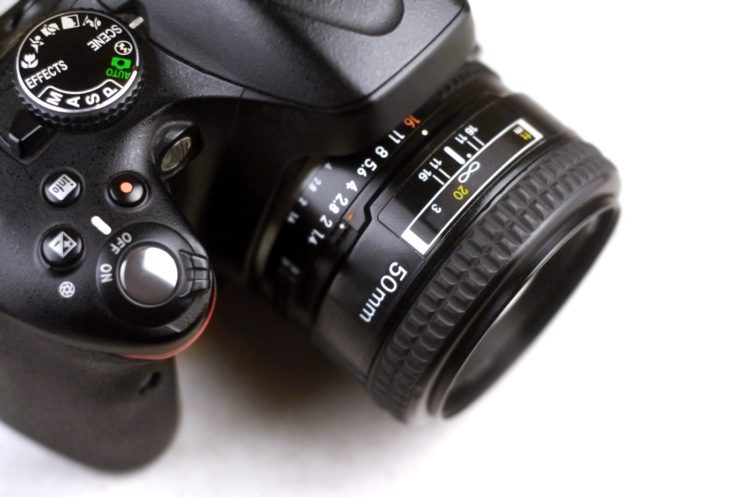
But wait, there’s more
So no problem. Now you know which way to turn the dial when you need more light coming in the lens. There’s a tradeoff here, however. You see, how much that lens is open also dictates how much of your photograph is in sharp focus. This is called depth of field, which you can read more about in this answer about bokeh.
The relationship here can be expressed simply as well.
Larger opening (smaller number) = shallower depth of field
Smaller opening (larger number) = deeper depth of field
So… what the heck does that mean?
Well. If you want to take a portrait of a person, you really only want their face in focus — if you can see the details on the tree/house/mountain/porta-potty in the background, that’s distracting. You want the face sharp, but the background blurred.
So you use a larger aperture (smaller f-stop number!) to keep just the small area between the nose and the ears in focus, causing the foreground and background to be blurry.
If you want to take a picture of a landscape and want everything from the bushes at your feet to the mountain 30 miles off in the distance to be in focus, you would use a smaller aperture (larger f-stop number!) to ensure everything is nice and sharp.
Here’s a photo where the background and foreground are both out of focus, allowing only the one bud in the middle to be sharply in focus.

The great compromise
You must keep in mind that you cannot adjust aperture without also correspondingly adjusting shutter speed (or ISO, but let’s keep this simple for a moment).
Letting less light in? You have to leave the shutter open longer to compensate. Letting more light in? You have to speed up the shutter to compensate. Remember that they are always connected.
The good news is, modern cameras will let you play with one or the other, while automatically taking care of the one you aren’t playing with. If you’re interested in playing with the aperture to see what it does, set your camera to “aperture priority” mode.
You can pick whatever f-stop you choose, and the camera will choose the correct shutter speed for you. If you own a Canon, that’s “Av” on the big dial, or “A” if you have a Nikon. Of course, read the manual if you’re not sure.
Just keep shooting
You can read explanations for days, but nothing is going to teach you better than experience. I remember one of my old professors’ first assignment was to go and shoot a minimum of ten rolls of film between class on Thursday and Monday. That was an expensive assignment in the film days.
You don’t have to pay for film and processing anymore. Digital images don’t cost anything — you already paid for all that when you bought the camera and memory card.
Get out there and experiment. Play with stuff. See what works, see what doesn’t work. You don’t even need to keep a notebook handy to compare your settings from shot to shot anymore — the camera embeds that information in the image file!
So go forth, shoot lots, and don’t be afraid to play with those settings. Mistakes are free, and knowledge is priceless.

